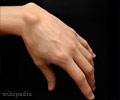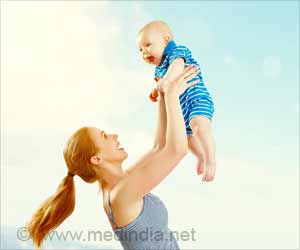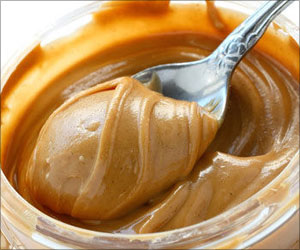Kids, as young as five months, are attuned to follow the gaze of an adult towards an object and engage in joint attention, a new study ahs revealed.
A recent study has revealed that kids, even those as young as five months, can follow the gaze of an adult towards an object and engage in joint attention.
The findings, suggests that the human brain develops this important social skill surprisingly early in infancy.Joint attention - where two people share attention to the same object - is a vital human social skill necessary for many types of human behaviour such as teaching, collaboration, and language learning. Impairments in this skill are one of the earliest signs of autism.
Dr Tobias Grossmann and Professor Mark Johnson from Birkbeck, University of London, used a technique known as 'near infrared spectroscopy' (NIRS) to examine which areas of an infant's brain are activated when paying joint attention to an object.
NIRS, an optical brain imaging technique, which involves measuring the blood flow associated with brain activation, is well suited to study freely behaving infants.
With this non-invasive technique, near-infrared light travels from sources on a sensor pad located on the head, through the skin, skull and underlying brain tissue, and is then detected by sensitive detectors on the same sensor pad.
In the experiment, conducted in Birkbeck's Babylab, the babies were shown the computer-animated image of an adult's face.
Advertisement
The researchers found that only when the babies engaged in joint attention with the adult, they used a specific region of their brain known as the left prefrontal cortex - an area to the front of the brain involved in complex cognitive and social behaviours.
Advertisement
"In the future this approach could be used to assess individual differences in infants' responses to joint attention and might, in combination with other measures, serve as a marker that can help with an early identification of infants at risk for autism," he added.
The study has been published in the Royal Society's journal Biology Letters.
Source-ANI











